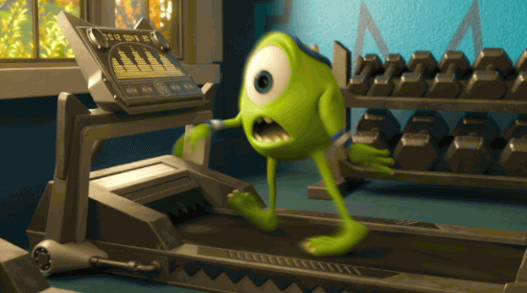By Jonathan Alfred
All those food we eat don’t just turn into poop straight away. The body actually absorbs it at different points throughout the GIT system. Now lets follow this wonderful roller coaster like journey that food goes through during absorption.
| Now that's one hell of a ride |
Absorption Process
What is it?
To talk about absorption we have to give the small intestine a not so small introduction. The small intestine is the part of the gastrointestinal tract between the stomach and the large intestine, and is where most of the end absorption of food takes place. The small intestine has three distinct regions which are the duodenum, jejunum, and ileum. The duodenum receives bile and pancreatic juice through the pancreatic duct, controlled by the sphincter of Oddi. The primary function of the small intestine is the absorption of nutrients and minerals from food.
How it works?
Digested food is now able to pass into the blood vessels in the wall of the intestine through either diffusion or active transport. The small intestine is the site where most of the nutrients from ingested food are absorbed. The inner wall, or mucosa, of the small intestine is lined with simple columnar epithelial tissue. Structurally, the mucosa is covered in wrinkles or folds called plicae circulares, which are considered permanent features in the wall of the organ. They are distinct from rugae which are considered non-permanent or temporary allowing for distention and contraction. From the plicae circulares project microscopic finger-like pieces of tissue called villi (Latin for "shaggy hair"). The individual epithelial cells also have finger-like projections known as microvilli. The functions of the plicae circulares, the villi, and the microvilli are to increase the amount of surface area available for the absorption of nutrients, and to limit the loss of said nutrients to intestinal fauna.
Each villus has a network of capillaries and fine lymphatic vessels called lacteals close to its surface. The epithelial cells of the villi transport nutrients from the lumen of the intestine into these capillaries (amino acids and carbohydrates) and lacteals (lipids). The absorbed substances are transported via the blood vessels to different organs of the body where they are used to build complex substances such as the proteins required by our body. The material that remains undigested and unabsorbed passes into the large intestine.
Absorption of the majority of nutrients takes place in the jejunum, with the following notable exceptions:
l Iron is absorbed in the duodenum.
l Vitamin B12 and bile salts are absorbed in the terminal ileum.
l Water and lipids are absorbed by passive diffusion throughout the small intestine.
Sodium bicarbonate is absorbed by active transport and glucose and amino acid co-transport.
Fructose is absorbed by facilitated diffusion.
| And this is where and how the magic happens |

































